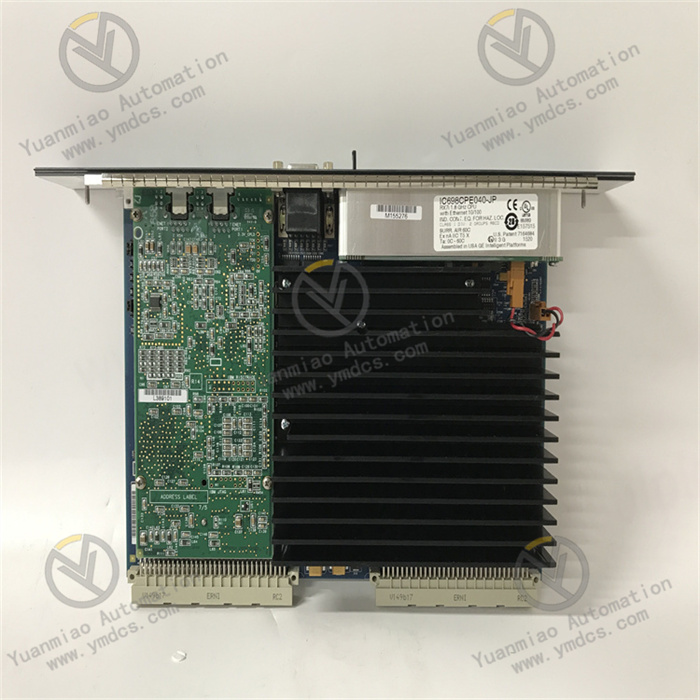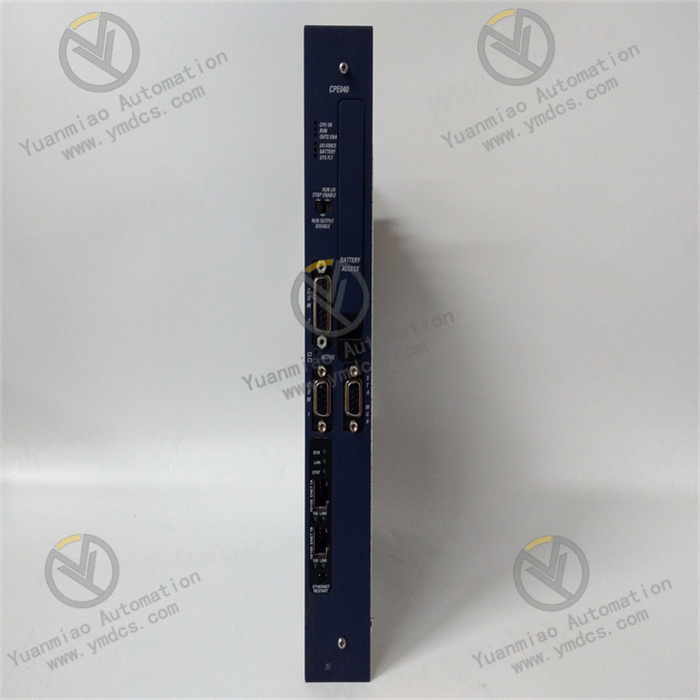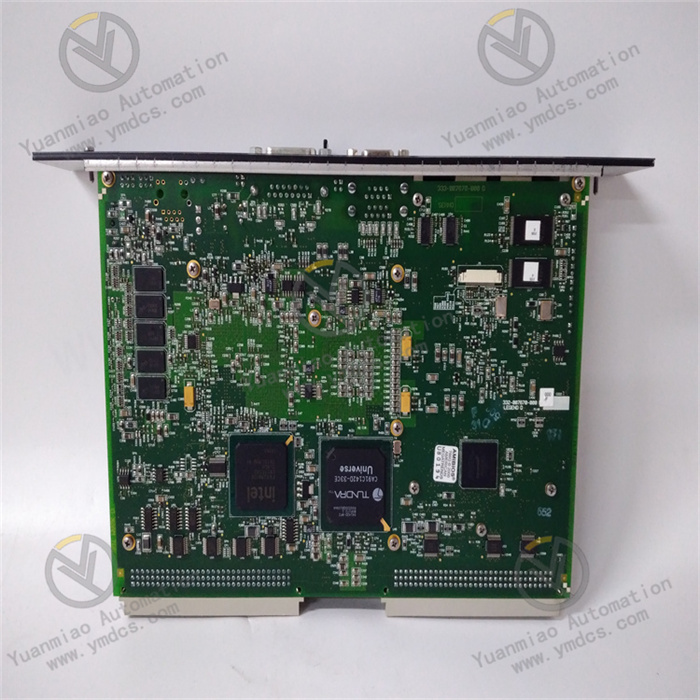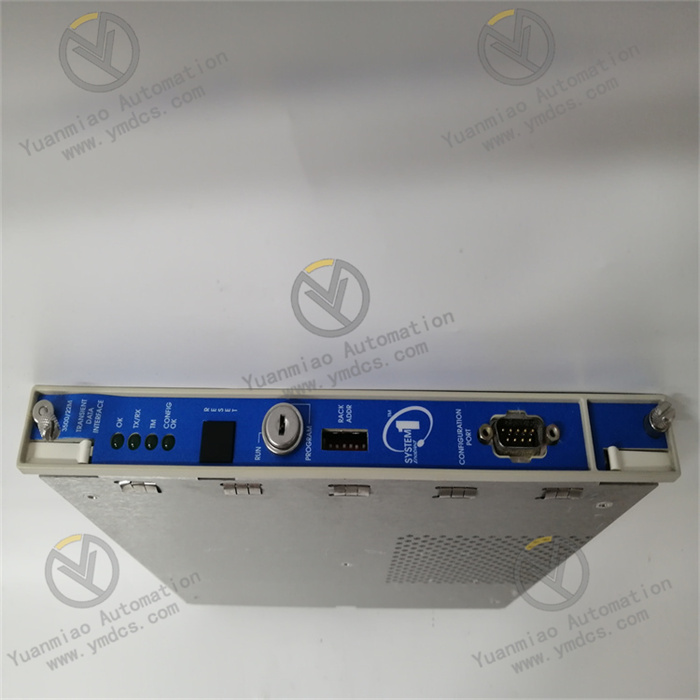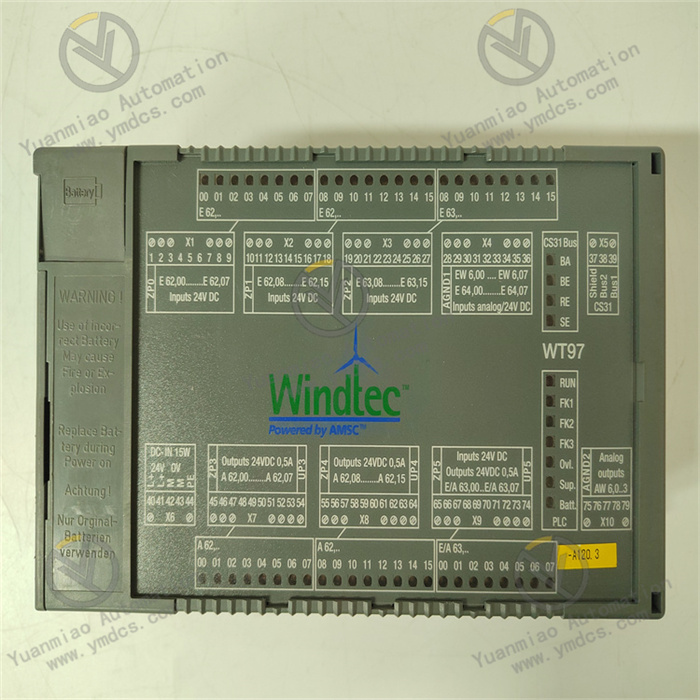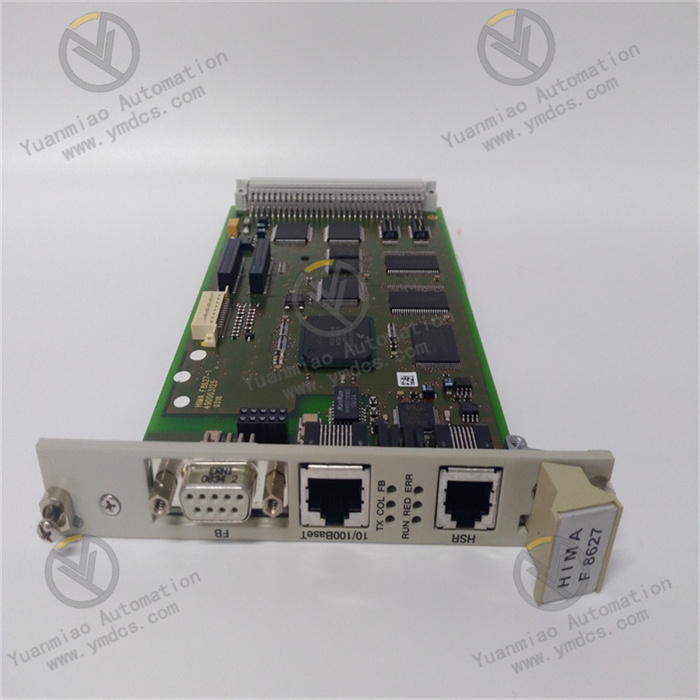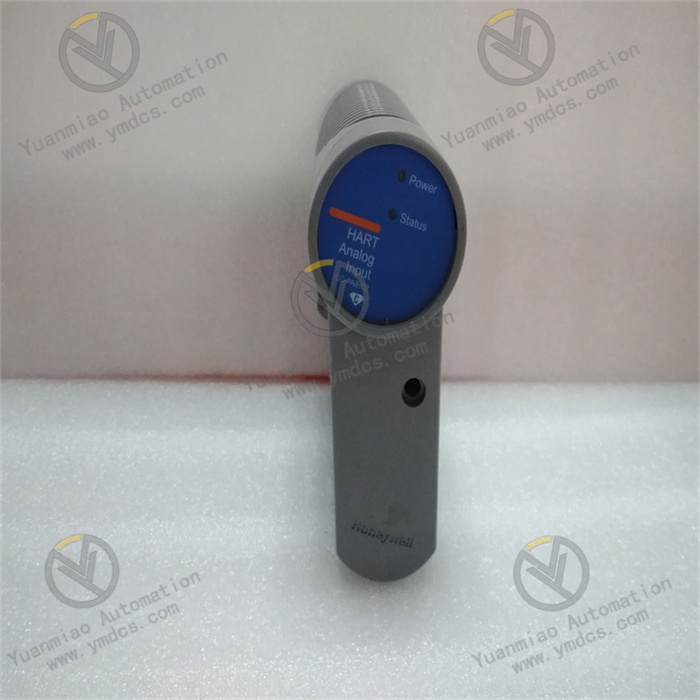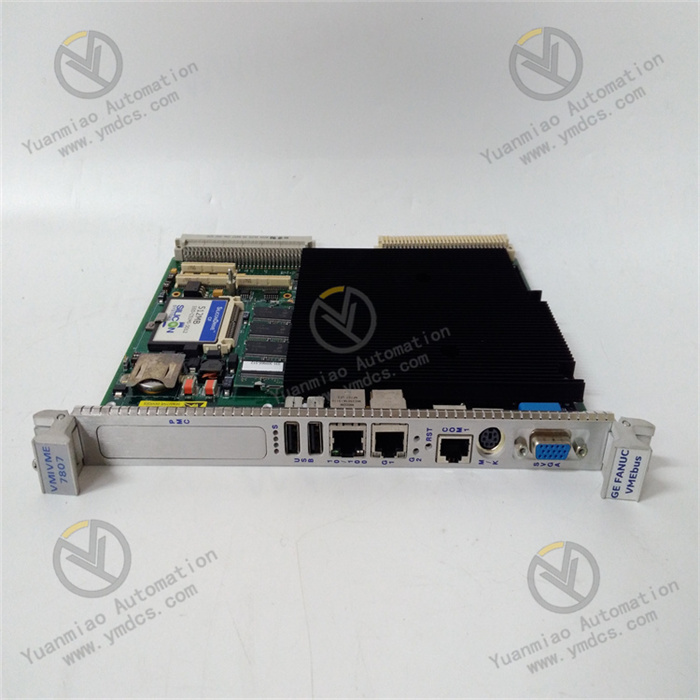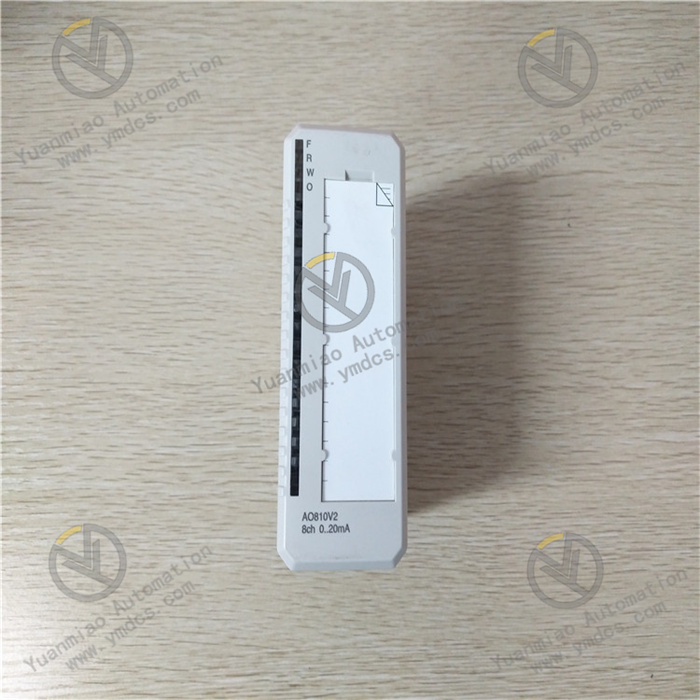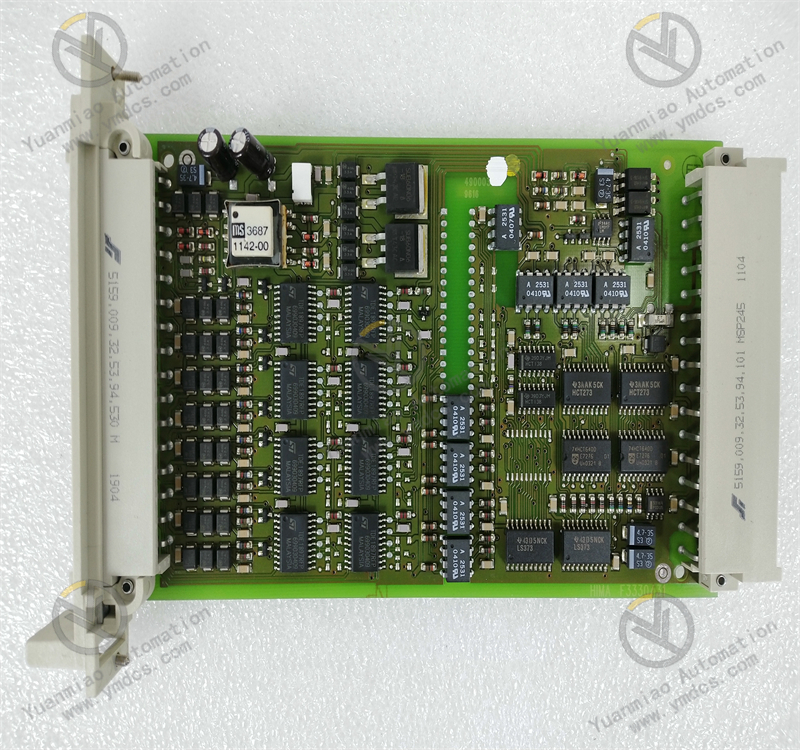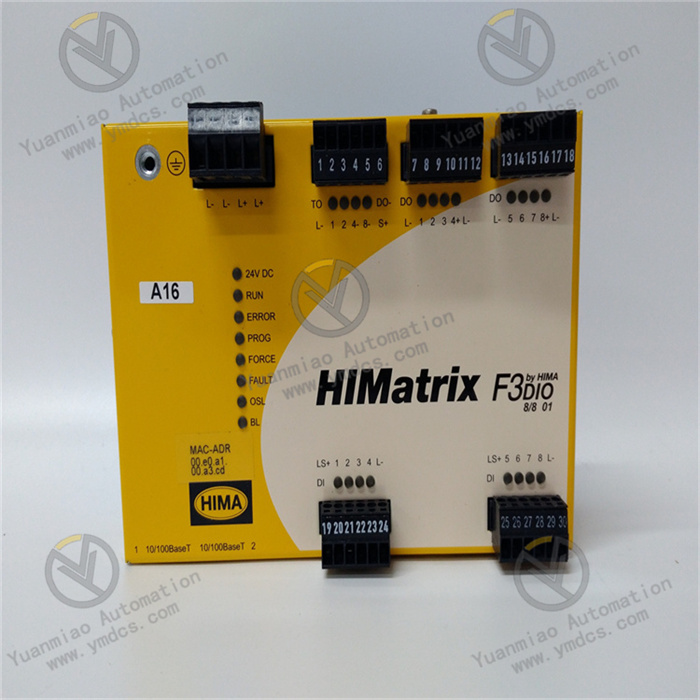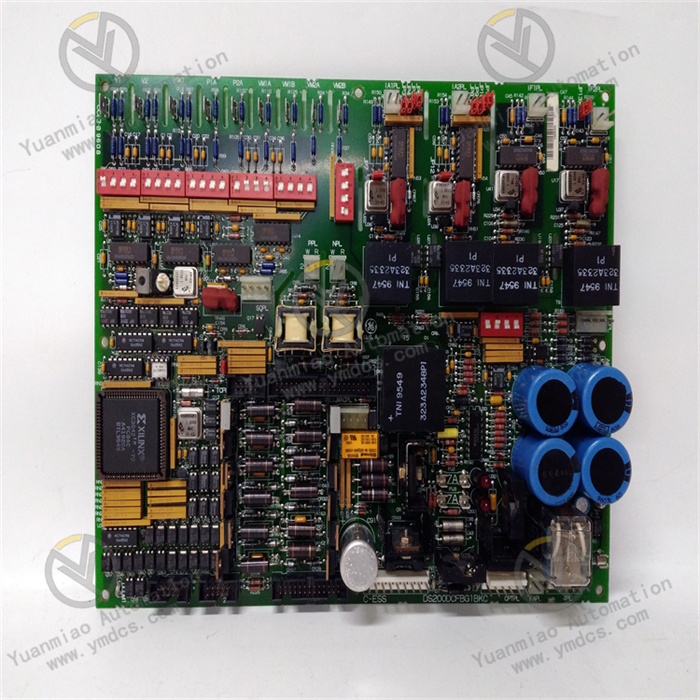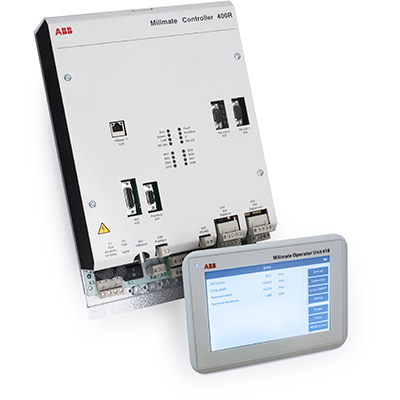Description
GE Fanuc IC698CPE040-JP
I. Overview
GE Fanuc IC698CPE040-JP is a high-performance PLC Central Processing Unit (CPU) belonging to the GE Fanuc RX3i series. Its core positioning is to serve as the "system's core computing and control hub", focusing on addressing core needs in industrial scenarios such as equipment logic control, process parameter adjustment, and data interaction management. It enables precise control and efficient collaboration of production lines, mechanical equipment, and process flows, supporting the automated upgrading and stable operation of small and medium-sized industrial systems.
This module boasts core advantages of "high computing efficiency + flexible expansion + strong environmental resistance":
- Equipped with a 32-bit RISC processor, it achieves an instruction execution speed of 0.1μs per basic instruction, enabling rapid processing of complex control logic.
- It supports up to 8 expansion racks and is compatible with all types of I/O modules in the RX3i series (including digital I/O, analog I/O, and special function modules), with a maximum of 4096 I/O points to meet diverse control requirements.
- Meanwhile, it features wide temperature adaptability (0℃~+60℃), electromagnetic interference resistance, and oil/dust proof design, allowing continuous and stable operation in complex industrial environments such as auto parts manufacturing, food and beverage processing, and electronic equipment assembly.
Compared with traditional small PLCs (e.g., GE Fanuc Micro800 series), it has significant advantages in computing capability and expansion scale. Compared with large PLCs (e.g., GE Fanuc RX7i series), it has a more compact size and lower cost, and can be quickly deployed without complex configuration, making it an ideal core control component for small and medium-sized industrial automation systems.
As a mainstream model in the RX3i series, IC698CPE040-JP is widely used in scenarios such as auto parts welding lines, food filling production lines, and electronic component testing equipment. It provides core computing support for equipment start-stop control, process parameter adjustment, and fault diagnosis and alarm, and is a key technical equipment for improving industrial production efficiency, reducing labor costs, and ensuring production continuity.
II. Technical Specifications
(I) Core Computing and Storage Parameters
| Parameter Category | Specific Specifications |
|---|---|
| Processor and Computing Performance | 32-bit RISC processor with a main frequency of 400MHz; basic instruction execution speed is 0.1μs per instruction, and complex instruction (e.g., PID adjustment) execution speed is 0.5μs per instruction; supports floating-point operations (32-bit single-precision / 64-bit double-precision) to meet the high-precision parameter calculation needs in process control. |
| Program and Data Storage | Built-in 16MB Flash program memory (supporting online modification and backup), 8MB SRAM data memory (including a 2MB power-failure retention area maintained by a super capacitor, with data retention time ≥72 hours after power failure); supports a maximum of 32MB external SD card expansion for program backup and historical data storage. |
| Control Function Support | Supports four programming methods: Ladder Diagram (LD), Function Block Diagram (FBD), Structured Text (ST), and Sequential Function Chart (SFC); built-in 2048 timers (0.01ms~9999 hours) and 2048 counters (up/down/bidirectional counting, with a maximum counting range of ±2³¹-1); supports 128 PID adjustment loops with self-tuning and feedforward compensation functions. |
| Real-Time Clock and Synchronization | Built-in Real-Time Clock (RTC) with a time accuracy of ±1 minute per month (under 25℃ environment) and supports automatic leap year correction; supports external 1PPS clock synchronization (via expansion module) with a synchronization accuracy of ≤1ms, meeting the time reference needs for multi-equipment collaborative control. |
(II) Communication and Expansion Parameters
- Communication Interface Configuration: 1 Ethernet interface (10/100Base-T, supporting TCP/IP and Modbus TCP protocols) for connecting HMI, SCADA systems, or other PLCs; 1 RS-232 interface (supporting Modbus RTU protocol, with adjustable baud rate from 9600 to 115200bps) for programming and debugging or connecting serial devices (e.g., printers, barcode scanners); 1 RS-485 interface (supporting Modbus RTU protocol, connecting up to 32 slave devices) for connecting remote I/O or intelligent instruments.
- Expansion Capability: Supports up to 8 RX3i expansion racks, with a maximum of 16 modules installed per rack; compatible with all types of modules in the RX3i series, including digital input modules (e.g., IC698MDL645), digital output modules (e.g., IC698MDL754), analog input modules (e.g., IC698ALG224), analog output modules (e.g., IC698ALO222), and special function modules (e.g., IC698CMM741 motion control module); maximum number of I/O points reaches 4096 (digital + analog).
- Protocol Compatibility: Supports industrial protocols such as Modbus RTU/TCP, EtherNet/IP, and PROFINET (needing expansion module); compatible with mainstream HMI software like GE Fanuc CIMPLICITY HMI and Wonderware Intouch; supports OPC UA protocol (needing expansion module) to realize data interaction with MES and ERP systems.
(III) Electrical and Power Supply Parameters
- Power Supply Requirements: Operating voltage is 24V DC (with wide adaptation range of 19.2V DC~28.8V DC); operating current ≤500mA (without expansion modules), full-load current ≤1.2A (with 8 expansion modules); power consumption ≤12W (powered by 24V DC under full-load condition); supports reverse power connection protection (no damage under reverse voltage ≤36V DC), and has built-in overvoltage protection (current limiting triggered when voltage ≥30V DC).
- Electrical Isolation: The communication interface and power circuit are optically isolated (isolation voltage ≥2500Vrms); the I/O expansion bus is isolated from the CPU internal circuit (isolation voltage ≥1500Vrms) to avoid ground loop interference and external voltage intrusion, protecting the CPU core circuit.
- Grounding Requirements: Supports single-point grounding (grounding resistance ≤1Ω); signal ground, power ground, and chassis ground are led out independently, with dedicated grounding terminals to reduce calculation errors or communication abnormalities caused by grounding interference.
(IV) Environmental and Certification Parameters
- Operating Environment: Operating temperature range is 0℃~+60℃, suitable for normal industrial scenarios (e.g., workshops, control rooms); storage temperature range is -40℃~+85℃; humidity range is 5%~95% (non-condensing, complying with IEC 60068-2-3 standard).
- Vibration and Shock Resistance: Vibration resistance rating is 5g (10Hz~500Hz, complying with IEC 60068-2-6); shock resistance rating is 20g (11ms pulse, complying with IEC 60068-2-27), adapting to vibrations from workshop equipment and shocks during installation and maintenance.
III. Functional Features
(I) High Computing Efficiency to Support Complex Control Logic
With "32-bit RISC processor + optimized instruction set" as its core, GE Fanuc IC698CPE040-JP achieves efficient computing and complex control:
- Microsecond-Level Instruction Execution: The execution speed of 0.1μs per basic instruction enables rapid processing of multi-equipment collaborative logic. For example, in an auto parts welding line, to control the collaborative work of 32 welding robots, 16 conveyor belts, and 8 detection sensors, the PLC needs to complete a logic scan (including equipment status reading, welding parameter calculation, and action command issuance) every 10ms. The computing speed of IC698CPE040-JP ensures that the scan cycle is stably within 8ms without logic delay.
- Adaptation to Multiple Programming Methods: It supports four programming methods (LD/FBD/ST/SFC) to adapt to different control scenarios. For instance, simple equipment start-stop control uses Ladder Diagram (LD) programming, which is intuitive and easy to understand; complex PID temperature adjustment adopts Function Block Diagram (FBD) programming, with a modular design for easy modification; large-volume data processing (e.g., product counting and statistics) uses Structured Text (ST) programming, featuring concise and efficient code.
- 128-Channel Precise PID Adjustment: Built-in 128 PID loops support self-tuning and feedforward compensation, adapting to process control scenarios. For example, in a food filling production line, it is necessary to control the liquid level of 8 filling heads (target value: 500ml, error ≤±5ml). The PLC collects liquid level signals (4-20mA) in real time through the PID adjustment loop, calculates and outputs valve control signals. The self-tuning function can optimize PID parameters (proportional coefficient, integral time, derivative time) within 30 seconds to ensure that the liquid level control accuracy meets the standard.
(II) Flexible Expansion to Adapt to Diverse Needs
Through multi-rack expansion and compatibility with all types of modules, the module meets control needs of different scales and scenarios:
- Large-Scale Expansion with 8 Racks: Supporting up to 8 expansion racks, it covers all needs of small and medium-sized systems. For example, in an electronic equipment assembly workshop, 1 CPU rack (IC698CPE040-JP) is matched with 3 expansion racks, which are installed with digital I/O modules (collecting 320 equipment statuses), analog I/O modules (controlling 48 channels of temperature/pressure), and motion control modules (driving 16 servo motors) respectively. This realizes the integration of "equipment control + process adjustment + motion drive" without the need for additional controllers.
- Compatibility with All Types of Modules: It is compatible with all modules in the RX3i series, allowing flexible function combination. For example, in lithium battery testing equipment, the CPU rack is installed with analog input modules (collecting battery voltage/current) and digital output modules (controlling testing fixtures), while the expansion rack is installed with high-speed counting modules (collecting encoder signals to calculate battery transmission speed) and communication modules (connecting testing instruments). The modules support plug-and-play without complex adaptation.
- SD Card Data Expansion: Supporting 32MB SD card expansion for program backup and historical data storage. For example, in the control of chemical reaction kettles, the PLC automatically backs up the control program through the SD card daily (to avoid program loss) and stores historical data of the reaction kettle's temperature and pressure (recorded once per second, storing data for up to 3 months), facilitating later process tracing and fault analysis.
(III) Industrial-Grade Protection to Adapt to Complex On-Site Conditions
In response to harsh conditions in industrial scenarios, the module enhances protection for hardware durability:
- Wide Temperature and Environmental Adaptability: The operating temperature range of 0℃~+60℃ covers most industrial scenarios. For example, in an electronic workshop in southern China in summer (ambient temperature 55℃), the module operates for a long time without performance degradation, and the CPU computing speed fluctuation is ≤5%; in a food cold storage in northern China in winter (ambient temperature 5℃), the module can start without preheating, and the program loading time is ≤2 seconds.
- Vibration and Shock Resistance: The 5g vibration resistance rating adapts to vibrations from workshop equipment. For example, in a machine tool processing workshop (vibration 3g, 10Hz~300Hz), the module is installed in a control cabinet, ensuring uninterrupted communication with expansion modules and no abnormal fluctuations in I/O data; when subjected to a 20g shock (e.g., tool collision) during installation and maintenance, the internal circuit remains undamaged, and programs and data are not lost.
- Oil and Dust Proof: The shell is made of ABS flame-retardant material with an IP20 protection rating (when used with a control cabinet with IP54 rating) to resist workshop pollutants. For example, in a mechanical processing workshop (with much oil and metal dust), the module operates for a long time without terminal oxidation, and the communication interface contact resistance is ≤50mΩ, ensuring stable signal transmission; the cable connector adopts a waterproof design to prevent water ingress in humid environments during the rainy season.
(IV) Intelligent Diagnosis and Convenient Operation & Maintenance to Reduce Management Costs
Through fault diagnosis and remote monitoring, the module simplifies the operation and maintenance process and improves management efficiency:
- Real-Time Fault Diagnosis: Built-in dual hardware and software diagnosis functions support error code output. For example, when an expansion module is offline, the PLC reports the error code "E012 = No response from Module in Expansion Rack 2" through the LED indicator (flashing fault light) and Ethernet interface. Maintenance personnel can check the fault location and cause on the HMI, reducing maintenance time by 60%.
- Remote Programming and Monitoring: Remote programming and status monitoring are realized through the Ethernet interface. For example, maintenance personnel can remotely modify the PLC program (e.g., adjust PID parameters) and monitor equipment status (e.g., "Liquid Level of Filling Head 1 = 498ml", "Speed of Servo Motor 3 = 1500rpm") in the central control room using GE Fanuc Proficy Machine Edition software, without on-site operation, reducing downtime.
- Data Interaction and Tracing: Supporting Modbus TCP and OPC UA protocols to realize data interaction with MES systems. For example, in an auto parts production line, the PLC uploads data such as "production quantity (1000 units)", "qualified rate (99.5%)", and "fault times (2 times)" to the MES system via the OPC UA protocol. The MES system generates production reports, facilitating managers to grasp production progress and quality and realize full-process data tracing.


